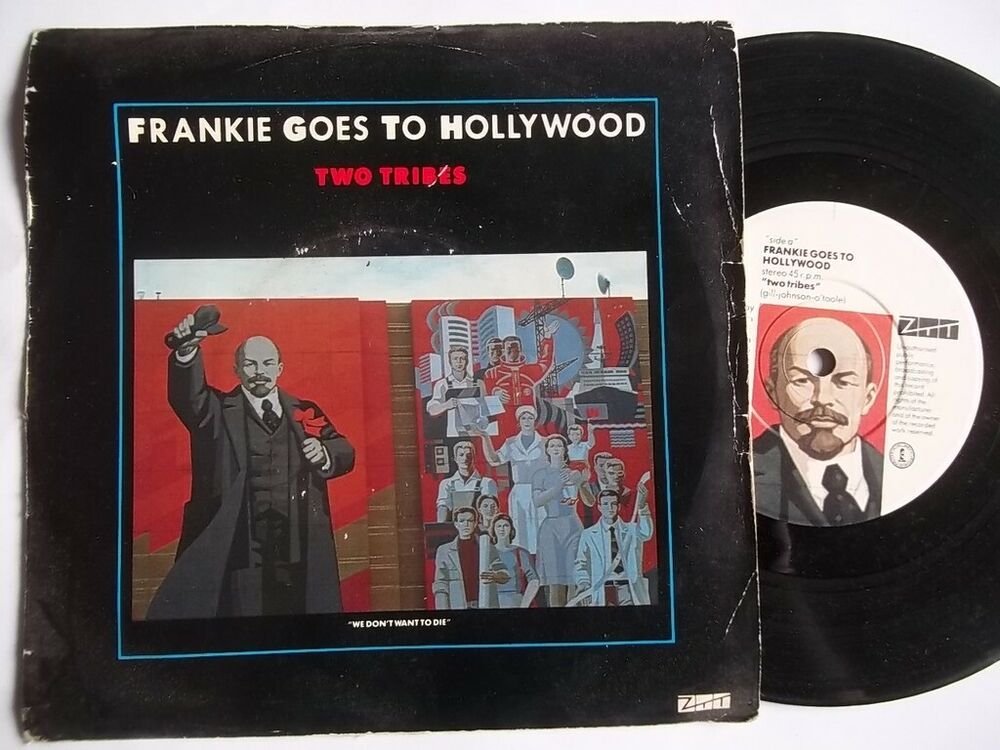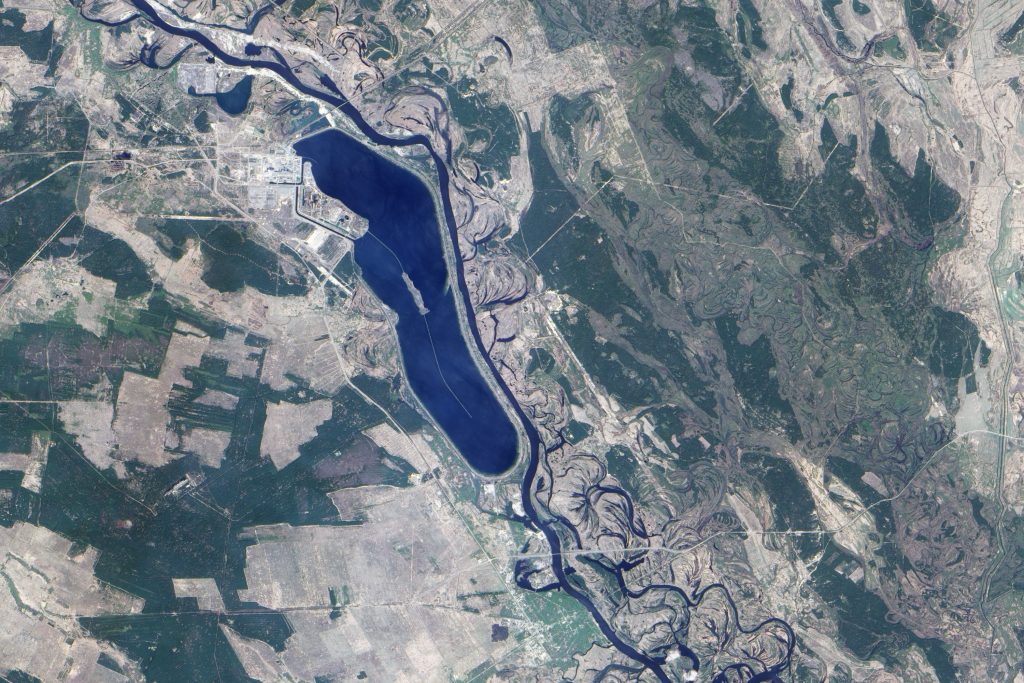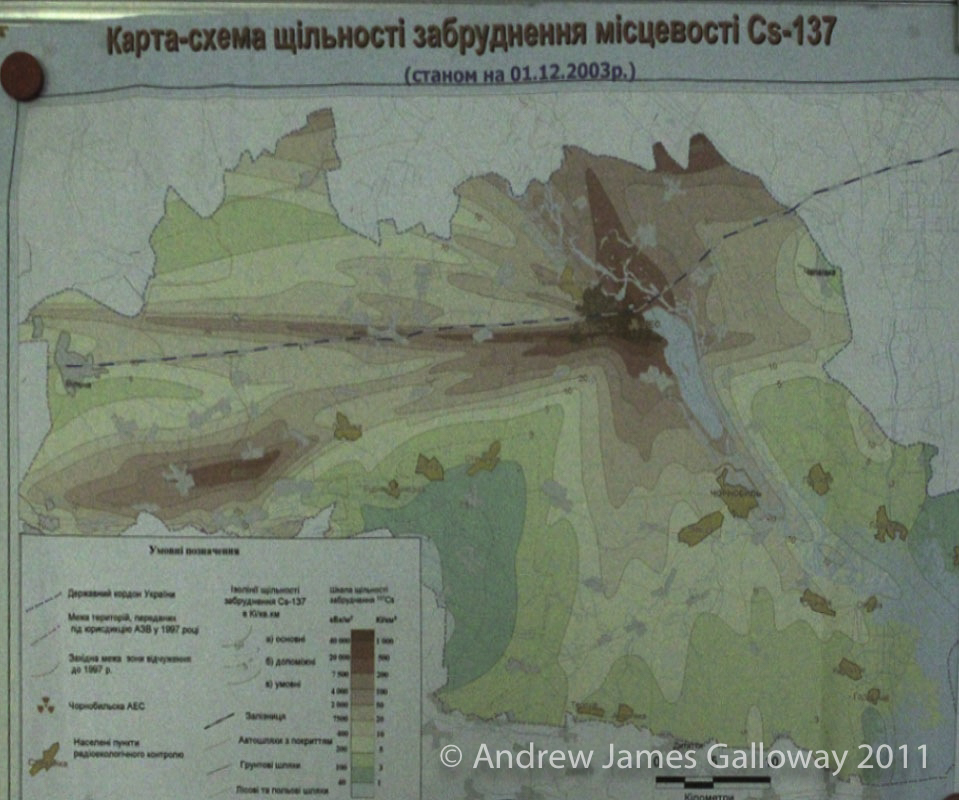The HBO miniseries Chernobyl has awakened interest in the twentieth century’s most notorious industrial accident and also my memories of the final decade of the Cold War, and my visit to the Chernobyl Power Plant in 2011. In two parts I tell my story of this fearful place.
Politics of Fear
The death of Soviet Leader Yuri Andropov in February 1984, quickly followed by the death of his successor Konstantin Chernenko in March 1985, lead to a period of political instability within the Soviet Union that was matched by an increase in Soviet paranoia in Western nations, specifically within the Republican Reagan administration of the United States. Following his landslide election victory in 1981, Ronald Reagan was keen to reject the containment and détente strategies of the preceding Democratic Carter administration and to put into practice the concept that the Soviet Union could be defeated rather than simply negotiated with. It was Reagan who had labelled the Soviet Union the “Evil Empire” in his 1983 speech to the National Association of Evangelicals in Orlando, Florida. It was Reagan who in 1983 had announced the development of a Strategic Defence Initiative (SDI), a missile defence system intended to protect the United States from attack by ballistic strategic nuclear weapons, a political game play that Mikhail Gorbachev’s Foreign Ministry spokesman Gennadi Gerasimov described as “very successful blackmail.” This hard line rhetoric was, in the eyes of the Reagan administration, designed to “write the final pages of the history of the Soviet Union”.

Demonstration: RAF/USAF Greenham Common, December 1982 by Ed Barber 
Ronald Reagan
In 1983 the incumbent Conservative government, led by Margaret Thatcher, had allowed the installation of American Cruise Missile units at the Greenham Common airbase in Berkshire, a decision that was described by historian and peace campaigner E P Thompson as “a manifest symbol of subjection.” For many the cruise missile program was seen as part of a strategy by the Americans to fight a ‘limited’ nuclear war in the European ‘theatre’. It certainly made the United Kingdom a legitimate target for the SS-20 intermediate-range ballistic missiles that the Soviet Union had positioned in various locations within Eastern Europe. This was cold-war high stakes poker at its worst, and no one was sure who would blink first.
Nuclear Culture
The growing political tension between the United States and the Soviet Union, and fear that Britain would be caught in the crossfire, took root in the popular culture of the time. The US television film The Day After, which first aired on ABC in November 1983, was followed in 1984 by the UK production Threads. Both films depicted the escalation of conflict between NATO and Warsaw Pact countries, ultimately resulting in all out nuclear war. That my parents forbade me to watch either of these films on their first release only added to the fascination I had with all things nuclear.
In 1984 the Liverpool band Frankie Goes to Hollywood had their second number one hit with the song Two Tribes, a thumping funk/R&B anti-war song that became the longest-running number-one single in the UK of the 1980s. I bought the twelve inch re-mix version, played it constantly and painted a copy of the mural of Lenin that daubed the record’s sleeve as part of my O level art project.

There I was, a cold war kid immersed in the nuclear zeitgeist of the mid 1980s, when a friend informed me about a student exchange scheme being organised by my six form college. The destination was Kiev, a city behind the ‘iron curtain’ of the Soviet Union. I couldn’t wait to sign on the dotted line.
The Nightmare Begins
The first news reports spoke of a fire at a nuclear power plant in the Soviet Union. The Soviet news agency would only conceded that a minor accident had occurred. At 21:02 on the evening of 28 April 1986, a 20-second announcement was read out on Soviet television. “There has been an accident at the Chernobyl Nuclear Power Plant. One of the nuclear reactors was damaged. The effects of the accident are being remedied. Assistance has been provided for any affected people. An investigative commission has been set up.”
What had actually occurred on the night of 26 April was a catastrophic nuclear accident. During a late-night safety test designed to simulate an electrical power outage, during which both emergency safety and power-regulating systems were intentionally disabled, a combination of inherent reactor design flaws and an unstable arrangement of fuel and control rods within the core resulted in uncontrolled reaction conditions. Superheated water was instantly turned into steam, causing a destructive steam explosion that took the roof off the reactor building and a subsequent open-air graphite fire that burned for nine days with the reactor core exposed to the atmosphere before it was finally contained on 4 May. When the full magnitude of the situation became clear, the South Manchester College student exchange trip to Kiev was cancelled.

Kiev
Twenty-five years passed before I eventually got to visit Kiev, by then the capital of an independent Ukraine. As per the agreement with the Chernobyl Tour Company we were collected in people carriers from Independence Square early on a wet Wednesday morning for the 150km drive to the edge of the exclusion zone. Officially known as the Chernobyl Nuclear Power Plant Zone of Alienation, the exclusion zone was established by the Soviet Armed Forces soon after the 1986 disaster, initially at a radius of 30km from the Chernobyl Nuclear Power Plant. It has since been extended (yes extended) by the Ukrainian authorities to cover approximately 2,600 sq km where radioactive contamination from nuclear fallout is highest and public access and inhabitation are restricted.

How much Radiation is too much Radiation?
The dose of radiation received by the human body is measured in sieverts, abbreviated as Sv. As natural background radiation levels are generally low most dosimeters measure the received dose in Millisieverts, one thousandth of a sievert and abbreviated as mSv(1000mSv = 1Sv), or more often than not in Microsieverts, one millionth of a sievert and abbreviated as μSv (1,000,000μSv = 1Sv). The global average exposure of humans to ionizing radiation is about 2.4 – 3 mSv per year, 80% of which occurs naturally. The radiation levels in the area of the reactor building in the first 48 hours after the explosion at Chernobyl have been estimated at 300Sv/hr, (300,000mSv/hr) providing a fatal dose in just over a minute. 22 years after the explosion radiation levels inside the reactor hall were approximately 34 Sv/hr, providing a lethal dose in 10-20 minutes.
Radiation levels within the exclusion zone vary considerably, dependent on a number of factors including the original distribution pattern of fallout from the reactor fire, vegetation cover, terrain, weather conditions, etc. Average background radiation levels within the exclusion zone, and specifically in the abandoned city of Pripyat, vary from 0.3 to 300 μSv/hour.

Dosimetry
At Dytyatky, still thirty kilometres from Cherbobyl, we reached the check point at the perimeter of the exclusion zone. Here our passports were taken and we registered as having entered the exclusion zone. Dytyatky is also a dosimetry control checkpoint and visitors are required to have their radiation dose levels checked whenever entering and leaving the exclusion zone. Once cleared through the check point we continued north for a further thirty kilometres to the town of Chernobyl, the administrative centre for the management of the decommissioned nuclear reactor complex. Here we were provided with a talk covering many aspects of the history of the Chernobyl incident including management of nuclear energy, ecological and environmental impact, radiation dosimetry, medicine, psychology, ethnography, and disaster management.
On Kirova Street we paused at the memorial to Those Who Saved the World, constructed in memory of the firefighters who gave their lives during the initial containment of the fire at reactor 4. At the ten kilometre boundary we passed through the Lelyov checkpoint, again being required to pass a dosimetry check, and proceeded along an eerily empty highway, our people carriers the only visible vehicles, hemmed in on all sides by dense coniferous forest through which, every so often, came glimpses of abandoned buildings.


Memorial to Those Who Saved the World 
The Chernobyl nuclear power plant complex is located ten kilometres north of the town of Chernobyl, where the waters of the Pripyat River were diverted to create an enormous cooling pond for the reactor complex. Some five kilometres to the northwest of the reactor complex is the abandoned city of Pripyat, designated at its foundation in 1970 as the ninth nuclear city of the Soviet Union, constructed for the habitation of power plant workers and their families.

Satellite image of the River Pripyat and cooling pond at the Chernobyl Power Plant 
Caesium 137 distribution within the exclusion zone
To be continued in part two, Pripyat: City of Ghosts.






